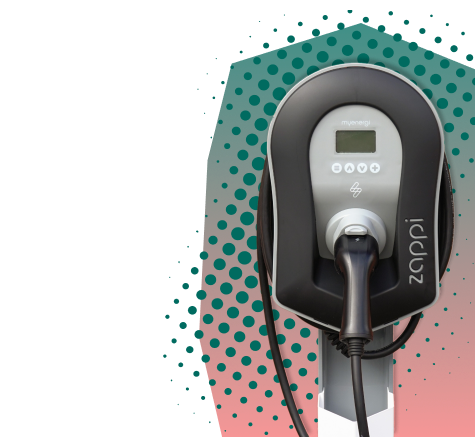What is a sustainability capability gap and why it matters?
With accelerating climate crisis, there is still a lot that has to be done in order to prevent the planet from reaching its tipping point. Sustainability is slowly on the minds of everyone, and with new regulations in place it appears that enterprises are catching up with that as well. Many businesses are becoming preoccupied with environmental issues also thanks to the rise of ESG. Yet, there seems to be a disconnect between the goals we need to meet, and how we go about achieving them.
So the question is: how do we tackle the gap between goals and aspirations and the ability to make real change?
The sustainability capability gap, or sustainability gap for short, refers to the expected versus deliverable results when it comes to sustainability goals. It underlines how businesses, governments and individuals meet sustainability needs with the use of existing capabilities and people, technology, structure and processes.
According to a study conveyed by McKinsey, respondents report little change in the number of activities their organizations are pursuing to achieve sustainability goals. This means that many business struggle with the sustainability gap, as they’re not meeting the goals they set up for themselves. But can we do anything in order to change that?
Storm4 decided to come up with some solutions that can help bridge the sustainability capability gap.
 4 tips that can help with the capability gap:
4 tips that can help with the capability gap:
-
Get your data teams involved
Decision-making around sustainability means that the integration of diverse data sets, from both inside and outside your business is crucial. That includes data from partners, suppliers and down the supply chain and 3rd parties as well. Although the lack of access to relevant data might pose a challenge (according to a BCG survey), getting as much information as possible is important. Otherwise, decisions might be tainted by inaccurate data, which can lead to severe consequences for the business and the environment.
Once you have more of an understanding of the data and the different streams, it will become easier. You can then set yourself benchmarks you’ll work on.
-
Take it step by step
Rome wasn’t built in a day, and effective sustainability strategy won’t be done in one day either. Start with small steps and then build it out. As mentioned before, it might be challenging to get all of the accurate data necessary. But start with what you can measure, and then tweak things accordingly as you gather more data. This process will allow you and your business identify core aspects that need to be worked on from zero, and other aspects that might only need certain improvements.
-
Work on quality reporting, be clear about objectives
Related to the previous two points, once you get a hold of things, the quality of your reporting will be very important. Right now, there is a big gap between how things are being measured and reported on, as well as the quality and comparability of data between companies. Finding a way to report on your data can be a challenging task, but as there are more policies being put in place, soon it will become more standardized.
It is also incredibly important to be transparent about the goals you’re setting, as only that way they can be actionable, if you hold yourself accountable for what you’ve decided upon. This will help you establish more authenticity, not only with consumers, but also investors and people working in your company.
-
Show don’t tell
Walk the walk and don’t make hollow promises. It’s better to start with basic pledges and goals, and then bring up new ones once the time allows for it. Reevaluate what you’re able to achieve, and lay down a map of how to do that. That will help you with setting your ambitions straight, and evaluate your current capability, and what the actual gap is.
Conclusions
There is no hiding from the fact that there is still a big capability gap when it comes to sustainability. A lot of the times, it’s either the lack of resources that the companies have in order to fulfill the ambitions, or there are other matters that are being brought up as more important than climate action. Nevertheless, in order to accelerate the transition to a greener tomorrow, everyone will need to try to address the gap, and work in a way to minimize it as much as possible. We hope our few tips will be helpful when it comes to trying to establish realistic goals and bridging the gap between ambitions and actions.
Here at Storm4, we are passionate about all things GreenTech. That’s why we pride ourselves on working with the best talent in the sector, which can come in crucial when it comes to your hiring needs. If you need the talent to drive your mission, get in touch. As experts in GreenTech recruitment, we have an extensive pool of specialist, senior professionals, and are dedicated to helping connect talent to innovative businesses creating a more susta











